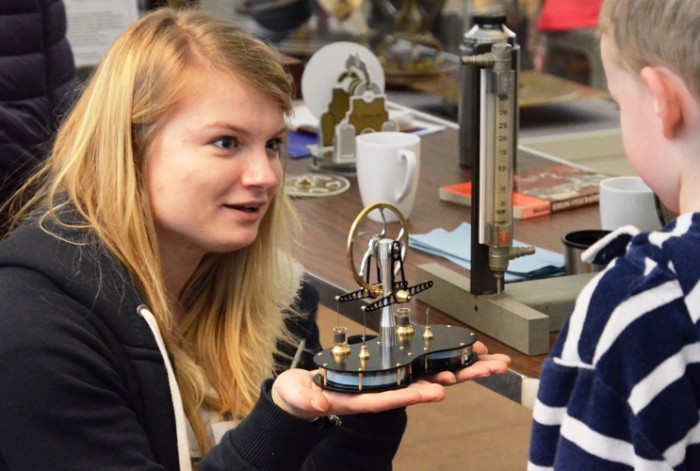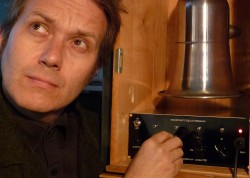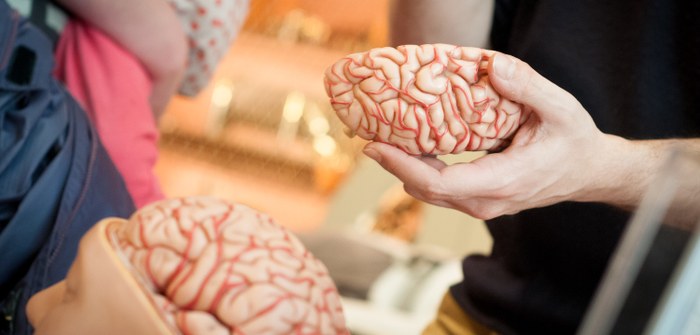Objects of Invention

It is always nice when something you have worked on is acknowledged by others, so we are very pleased to hear that our Objects of Invention initiative, which ran during 2013, has been shortlisted from over 230 entries nationally in the Engage Competition, run by the National Coordinating Centre for Public Engagement (NCCPE).
 Objects of Invention was developed in partnership with the University’s Department of Engineering Science and funded by the Royal Academy of Engineering‘s Ingenious programme for public engagement. The idea was generated by our lead education officer Chris Parkin as a way to capitalise on the Museum’s remarkable collection of inventive artefacts while enabling young student engineers to gain experience in public engagement.
Objects of Invention was developed in partnership with the University’s Department of Engineering Science and funded by the Royal Academy of Engineering‘s Ingenious programme for public engagement. The idea was generated by our lead education officer Chris Parkin as a way to capitalise on the Museum’s remarkable collection of inventive artefacts while enabling young student engineers to gain experience in public engagement.
A total of 18 engineers, mainly graduate students, were involved in the project including a strong contingent of biomedical engineers. After a series of training sessions in methods of public engagement and museum object handling, supported by the Joint Museums’ Volunteers Service, the students devised activities for a family day in March to coincide with National Science and Engineering Week 2013. This event attracted a near-record single day audience of over 2,000 visitors.
This was quickly followed by a schools’ event and two further days for schools in June which together attracted over 160 secondary students from local schools. Activities ranged from experimenting with gyroscopes and Stirling engines, to steam pumps and mobile medical devices.
The winners of the Engage Competition Awards will be announced on Wednesday 11 June at a ceremony at the Natural History Museum, London. The competition forms part of Universities Week, a week-long celebration of public engagement with research that is taking place across the UK from the 9 June.
Fingers crossed on the night – watch this space for further news!



